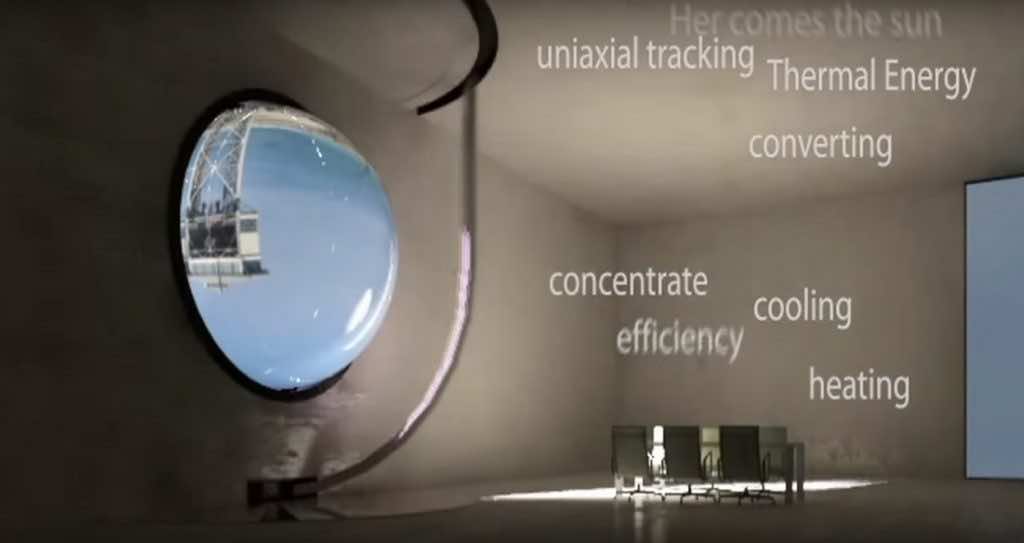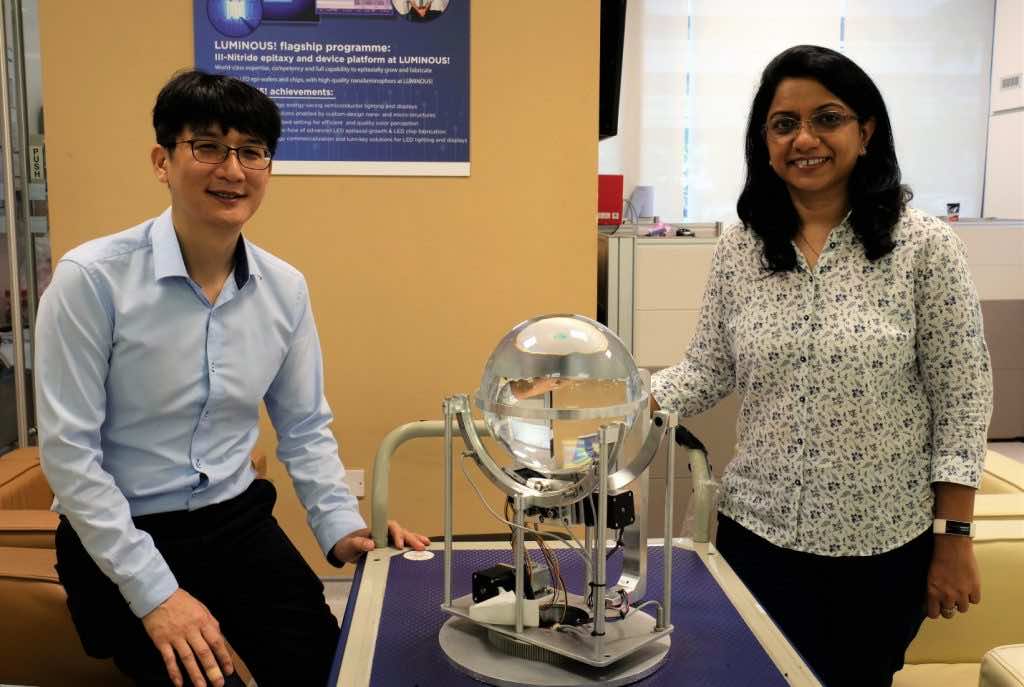Researchers from Nanyang Tech University have developed a compact sunlight concentrating ball to create an outdoorsy ambiance for places that lack sufficient sunlight.
Many say that proper light aids in increased productivity, and we know that sunlight best serves the purpose. For that, researchers have developed a solar concentrator prototype to illuminate the dark and dingy indoor spaces.
The new prototype is a sign of light and hope for those tired of working in windowless and dark spaces because many prefer the outdoors better than the indoor working ambiance. The prototype sunlight ball is an energy-efficient fit that sounds promising in uplifting the indoor environment.
Solar concentrator devices aren’t new; they are in use for quite some time now to brighten up the indoor spaces. However, such devices already in use are large in size and deploy large curved mirrors that reflect the sunlight into the desired spaces. Moving these large mirrors asks for heavy-duty motors that align the mirrors with the sun to increase its effects. The new prototype sunlight concentrator ball cancels out the hassle involved in illuminating the indoor spaces with its compact and energy-efficient design.

How it works
The new prototype sunlight concentrating ball developed at Nanyang Tech University is simpler in design but more in its effectiveness. The researchers started with a widely available acrylic ball. In the next step, they aligned the end of a plastic optical fiber with the crystal ball’s back. This made that when the ball was exposed to the sun, it allowed the incoming sun rays to travel to its back, where the fiber picked the incoming rays to glow up the dark indoor space.
The prototype’s design includes a crystal ball covering the inside of the device, protecting it from the little particles. It also packs a GPS and clock that maneuver the sunlight concentrating ball relative to the sun’s position for optimized outcome throughout the day.

Upon being tested in a dark room, the new compact solar concentrator proved far more effective in illuminating the space compared to indoor lights. Its results were similar to the conventionally used solar concentrators that come with a pricey keep-up. The team behind the build hopes to develop a commercially applicable version of the solar concentrator soon. The new design could have a pole-mounted ball that incorporates an LED bulb on the light-emitting end of the fiber, which would turn on autonomously when the sun sets in the evening.
“Due to space constraints in densely populated cities, we have intentionally designed the daylight harvesting system to be lightweight and compact,” said the lead scientist, Asst. Prof. Yoo Seongwoo. “This would make it convenient for our device to be incorporated into existing infrastructure in the urban environment.”


